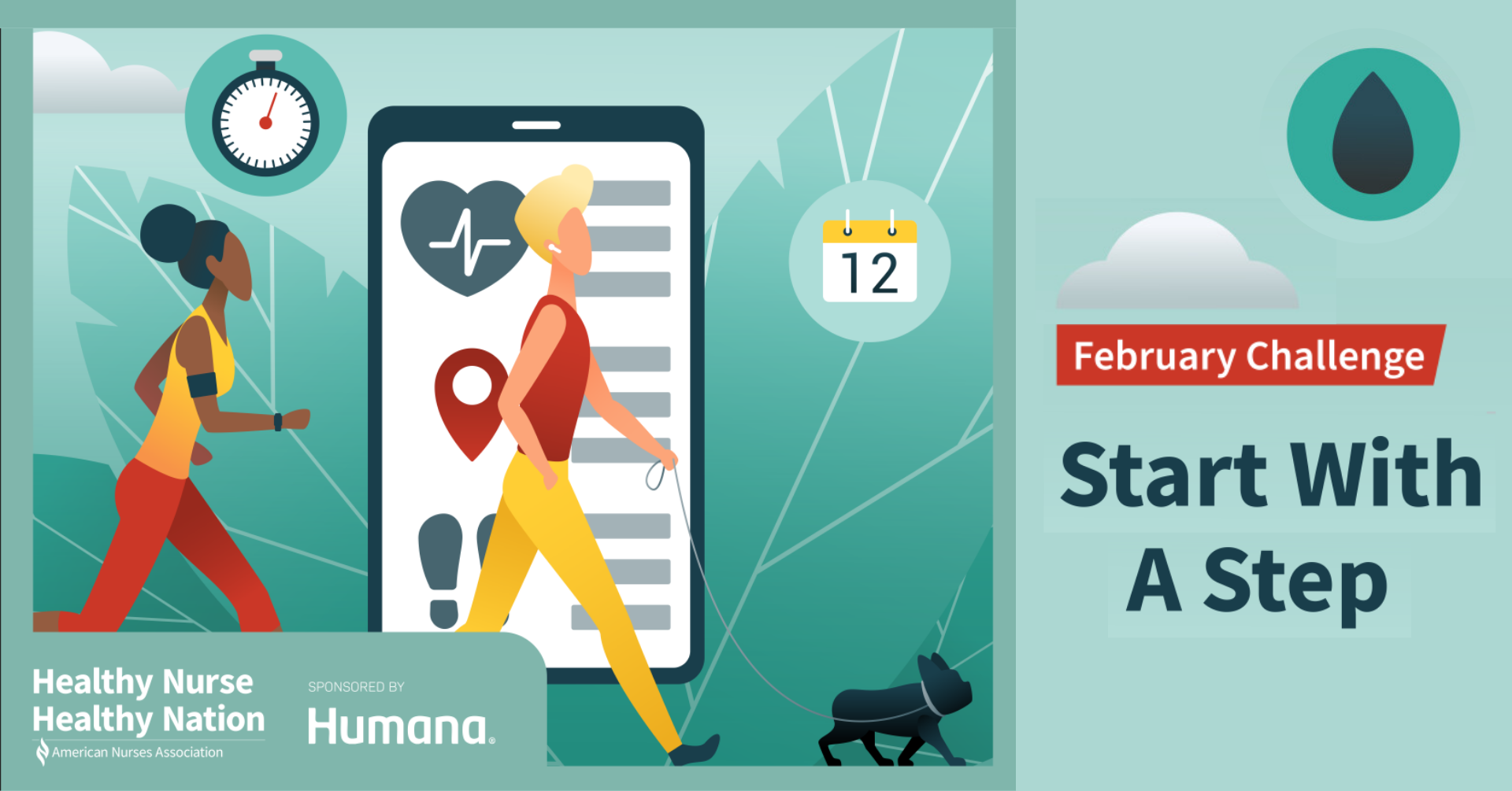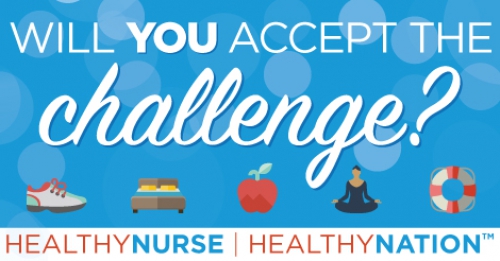❤️👟 3 steps to adjust your pace and make your heart (& mood) stronger - Start with a Step challenge, powered by Humana - Day 6 - Healthy Nurse, Nurse, Healthy Nation
Published
Day 6 - Pick Up the Pace
Did you know that how fast you walk can make a big difference in how much you benefit from it? A brisk walk gets your heart pumping and boosts your cardiovascular health. The sweet spot is referred to as "moderate-intensity exercise." That’s when you can talk but not sing.
Why does pace matter? Research shows that walking at a brisk pace (roughly 3-4 miles per hour) can decrease your risk of type 2 diabetes, lower blood pressure, and reduce your risk of heart disease. Plus, the extra effort burns more calories and boosts your endorphins, leaving you feeling stronger and more energized.
Your Action for Today
Now that you know why you should pick up the pace, let’s figure out how to do it:
Pro tip: Consistency is key, but don’t be afraid to challenge yourself. Even small changes in pace can have a big impact on your fitness and heart health over time.
Get inspired. See how #healthynurse Angie Koppe, RN, hits her stride and walks her way to wellness while she works.
What’s coming up: Try walking as a moment of connection — with yourself or others.
Missed day 5? Catch up here. Join us on day 7.

Did you know that how fast you walk can make a big difference in how much you benefit from it? A brisk walk gets your heart pumping and boosts your cardiovascular health. The sweet spot is referred to as "moderate-intensity exercise." That’s when you can talk but not sing.
Why does pace matter? Research shows that walking at a brisk pace (roughly 3-4 miles per hour) can decrease your risk of type 2 diabetes, lower blood pressure, and reduce your risk of heart disease. Plus, the extra effort burns more calories and boosts your endorphins, leaving you feeling stronger and more energized.
Your Action for Today
Now that you know why you should pick up the pace, let’s figure out how to do it:
- Track it: Use a fitness tracker or app to measure your speed. Aim for about 100 steps per minute for a brisk pace.
- Take the talk test: While walking, try saying a full sentence out loud. If you can speak comfortably but feel slightly breathless, you’re in the right zone.
- Mix in intervals: Switch things up by alternating between slower strolling and faster, brisk bursts. This keeps things interesting and maximizes heart benefits.
Pro tip: Consistency is key, but don’t be afraid to challenge yourself. Even small changes in pace can have a big impact on your fitness and heart health over time.
Get inspired. See how #healthynurse Angie Koppe, RN, hits her stride and walks her way to wellness while she works.
What’s coming up: Try walking as a moment of connection — with yourself or others.
Missed day 5? Catch up here. Join us on day 7.

Blog Challenge Tips
02/20/2025 1:18pm CST


Post a Comment or Question